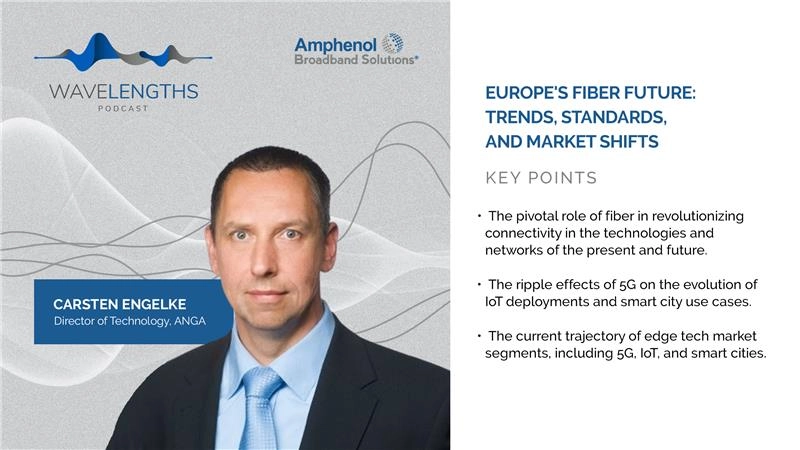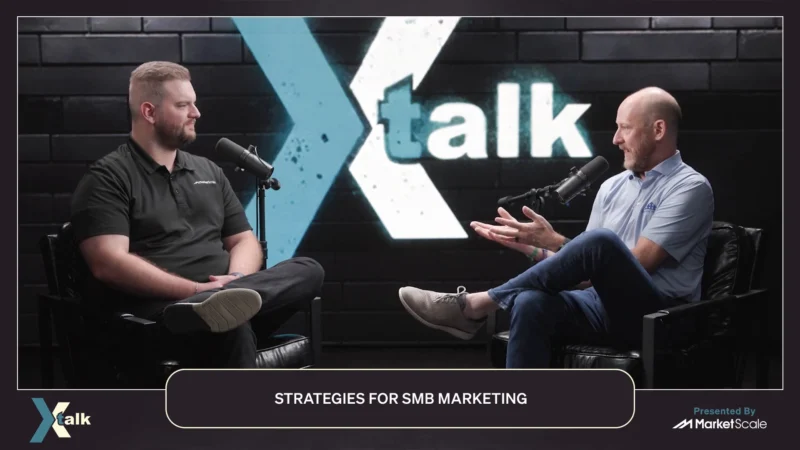EdTech Providers Join Forces to Democratize Options for Hybrid Learning
Hybrid learning, meaning the use of technology to make alternatives to standard, in-classroom learning available, is nothing new. However, the pandemic has created an urgent need for more and more diverse hybrid learning options that work for both teachers and students. According to Duncan Peberdy of Learn From Anywhere, many colleges and universities have long recognized the need for hybrid options but are unsure where investments should be made. “Hybrid learning isn’t just the acquisition of ed tech,” says Peberdy. “It’s how that tech gets used – how staff and students are trained. There are lots of aspects around the technology that are crucial to getting it embedded and brought into everyday use.”
One solution to the complex and evolving needs of hybrid learning is The Visual Learning Lab (VLL). The VLL is a partnership between ViewSonic, Kramer, AVer, and Intel that seeks to democratize and improve hybrid learning using “standard kit,” meaning readily available products and services. “The great thing about the partnership we’ve got,” says Pebody, “is that those companies could’ve fathomed something out on their own, but we decided that by coming together we could potentially create something far greater.” The VLL has been working with Glasgow University to deploy and test a variety of hybrid learning options including remote conferencing, large screen collaboration, movement tracking, air quality, lighting, temperature control, and digital signage.
Another, and equally vital part of the hybrid learning puzzle is data. “For me, collecting and analyzing data from all sensors in our kit to see how effective our solutions have been is the key to moving towards a Smart Campus,” says Frost. Smart Campuses collect and make use of data from all sensors deployed in a building with a goal of better understanding and improving the educational environment and experience. “That research side is something we need to explore more,” says Claxton, “because we’re going to gain a lot of data, and we don’t want to slip back to pre-COVID days. We want to actually change what future classrooms will look like.”
Frost, Claxton, and Peberdy welcome feedback and communication via LinkedIn.
Subscribe to this channel on Apple Podcasts, Spotify, or Google Podcasts to hear more from the Intel Internet of Things Group.




